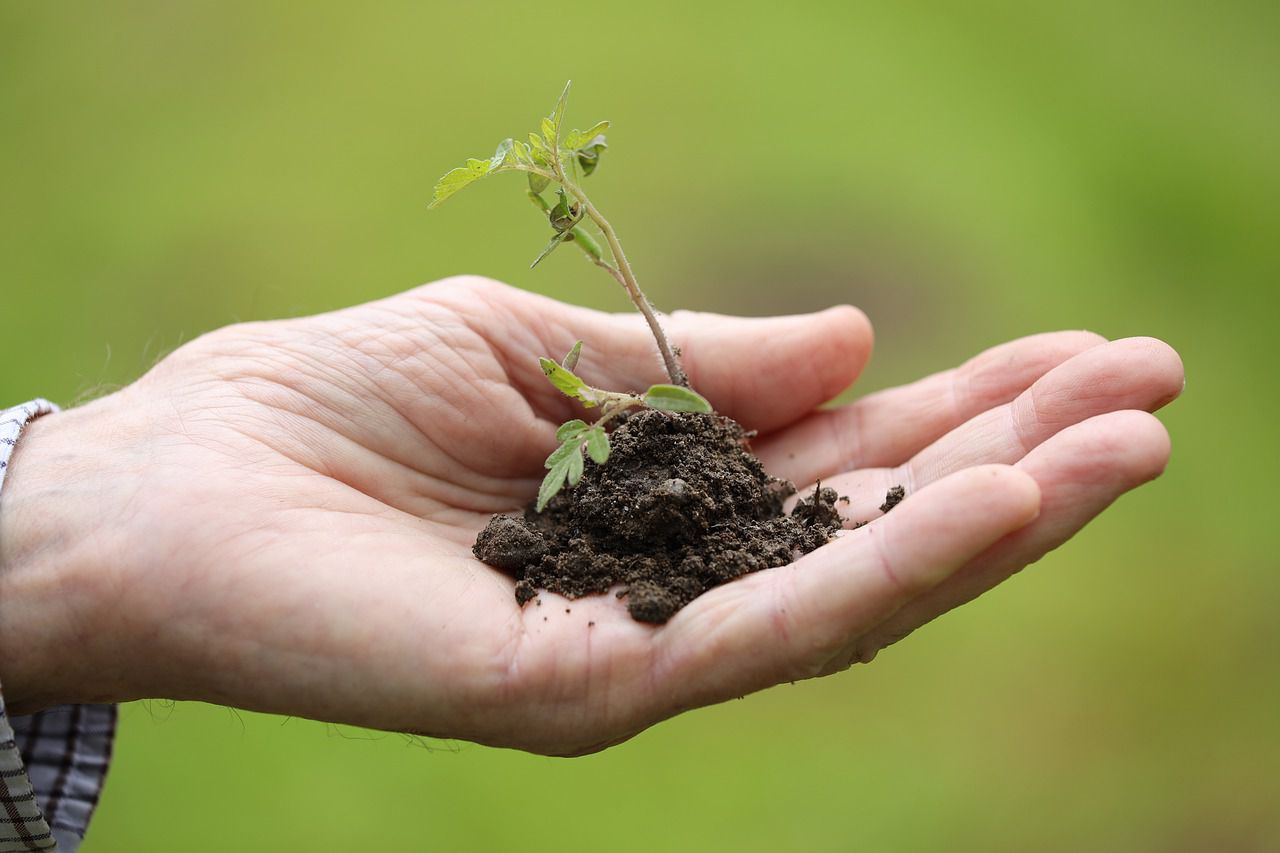Transplant your plants in perfect time: Understanding perfect transplant timings
Transplanting plants at the right time is crucial for their successful establishment and growth in their new location.
Timing can vary depending on the type of plant, climate, and local conditions.
Here's how to find the perfect time for plant transplant.
Consider the Plant Type
Different plants have different transplanting requirements.
Some plants, like annual flowers, can be transplanted as seedlings once they've developed a few sets of true leaves.

Perennial plants and shrubs might have specific preferences for transplanting times.
Know the Plant's Growth Stage
Transplant when the plant is in a vigorous growth stage.
Avoid transplanting during flowering or fruiting, as the shock can affect their ability to produce blooms or fruits.
Choose the Right Season
In general, the best time for transplanting is during the plant's dormant or semi-dormant period.
For many temperate climate plants, this is often in the fall after leaves have dropped or in the early spring before new growth begins.
Check Local Frost Dates
If you live in a region with distinct seasons, it's important to be aware of the last spring frost date and the first fall frost date.
Transplanting too early can expose plants to late frost damage.
Observe Weather Conditions
Choose a mild and overcast day for transplanting.
Avoid hot, sunny, or windy days, as these conditions can stress the plants and lead to moisture loss.
Prepare the Soil
Before transplanting, make sure the soil in the new location is well-prepared and properly amended.
This will help the plant establish its roots more easily.
